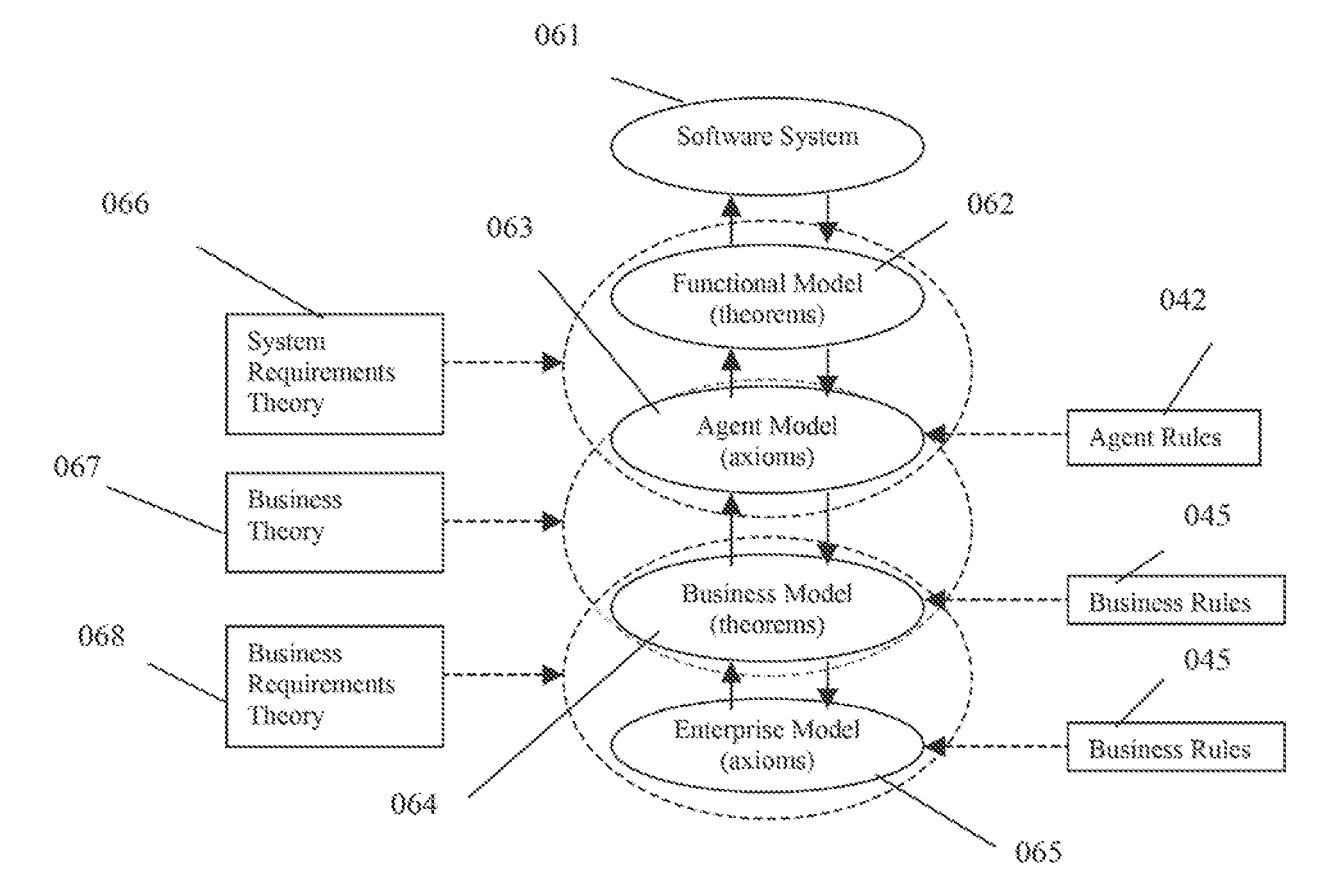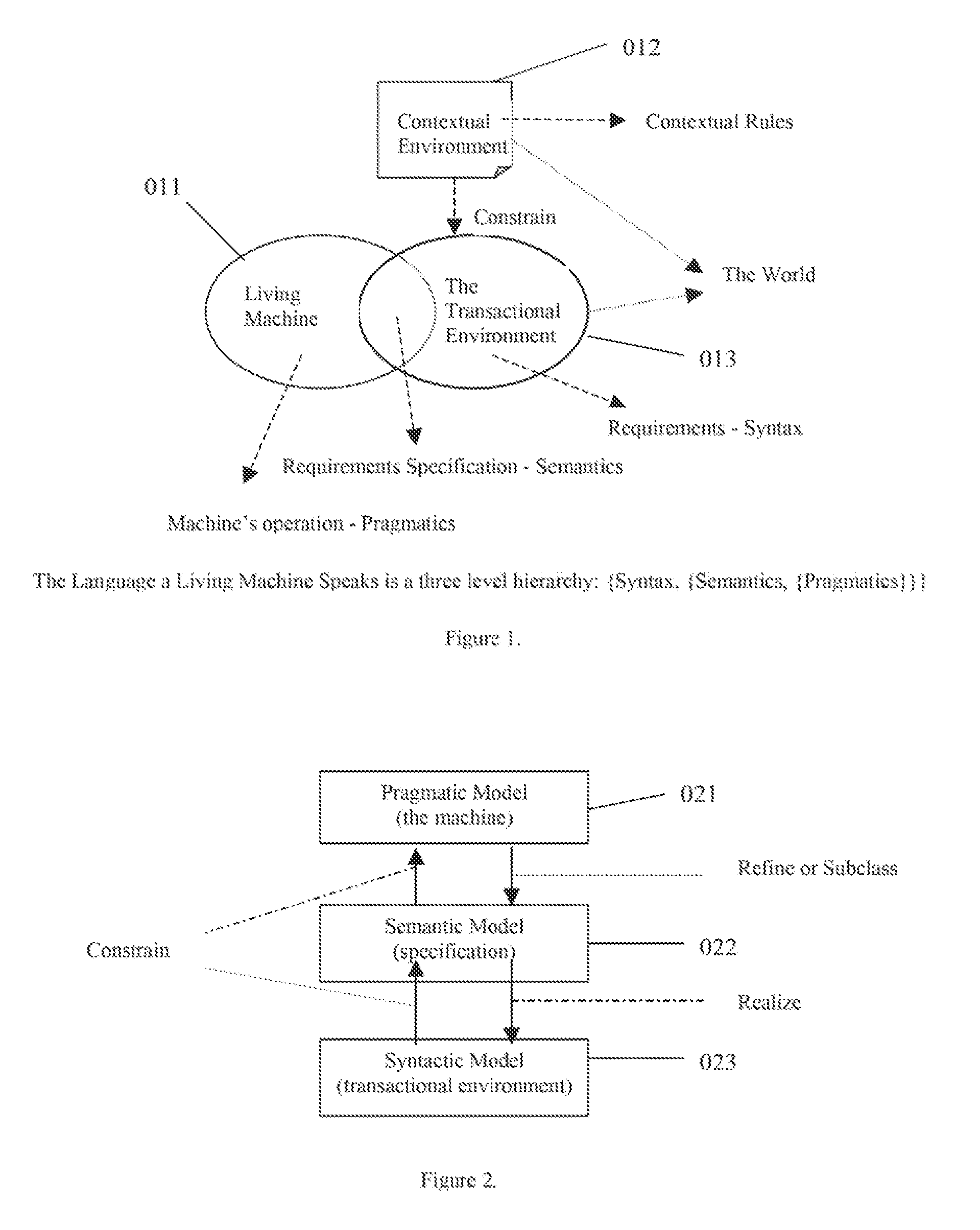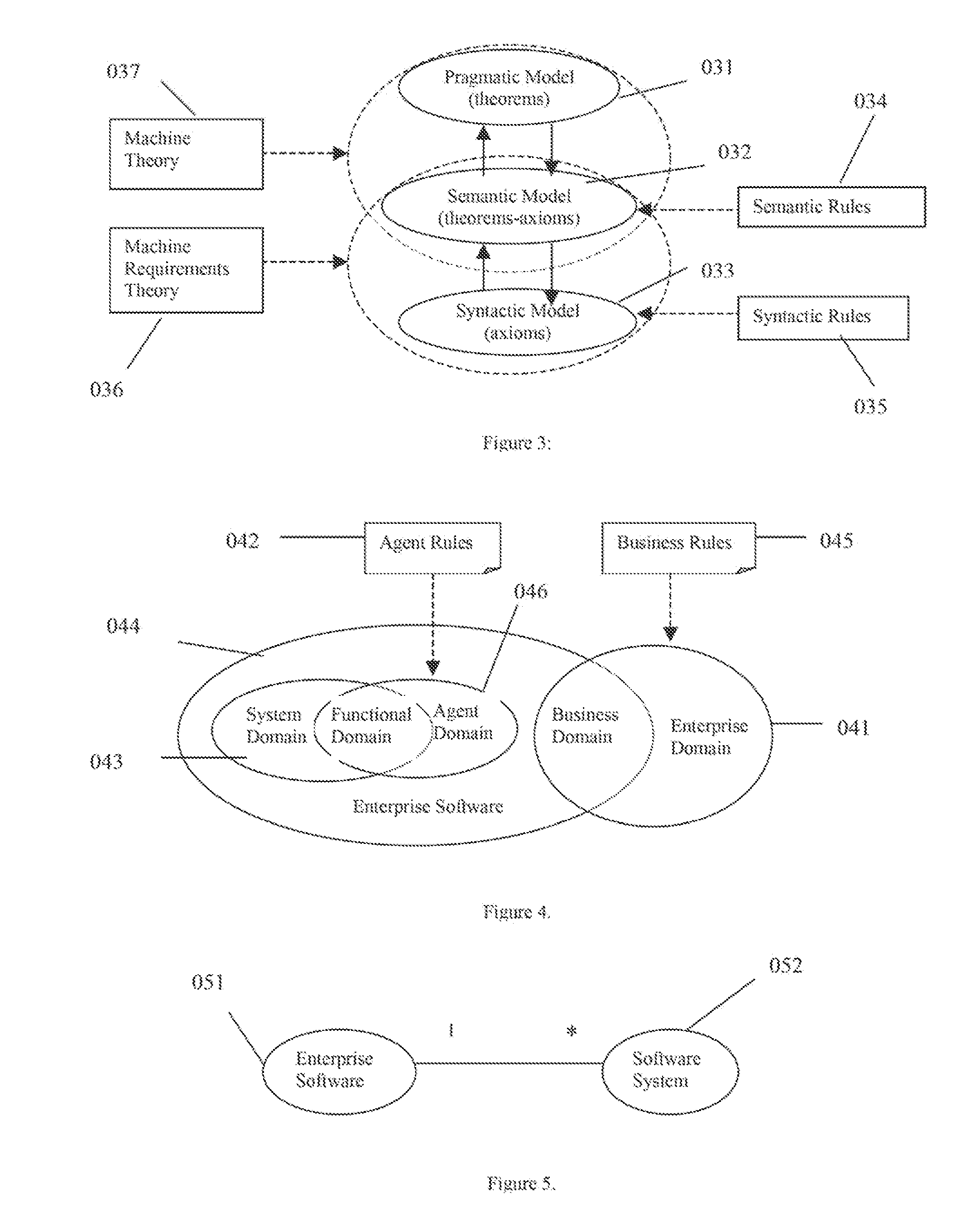This extremely long shopping-
list like requirements are very much out of favour in modern analysis; as they have proved spectacularly unsuccessful at achieving their aims.
Issues of requirements lists are plenty and some are listed below:1. They focus on the
system, what the
system shall do, rather than on the understanding of the business, leading to business and
software misalignment.2. They do not transform into
design specification, since they do not lend themselves to application.3. High overhead cost, diluting important design issues by carrying around the excess baggage of all these shall statements and dealing with
traceability,
testability,
documentation and so on.4. False sense of mutual understanding between the stakeholders and developers and false sense of security that the developers must achieve certain things.5. Lack of structural relationship as how the requirements fit together, their dependencies and order of implementation6. No way of knowing what crucial requirements are missed out until later in the process.
Developers can use these discovered requirements to renegotiate the terms and conditions in their favour.7. They are imprecise, inconsistent and redundant as the more people read such requirements the more different visions of the system you get.
However, while proving a useful technique, prototyping did not solve the requirements problem according to Wikipedia:1. Prototyping is an overhead and often discarded.
However, they can not tell you what the requirements originally were.3. Designers and end users can focus too much on
user interface design and too little on producing a system that serves the business processes.4. Prototypes work well for user interfaces, screen
layout and screen flow but are not so useful for batch or asynchronous processes which may involve complex
database updates and / or calculations.5. Prototyping can be useful in some projects but it is merely a technique of art and contributes nothing to
software engineering becoming an
engineering discipline.
Software industry has a problem, an engineering problem shared by all software companies.
The problem is being incapable of determining precisely what to build before building it, resulting in highly defective, less generic, and hard-to-maintain software.
This problem causes many other problems:1. Development begins without adequate product requirements.2. Imprecise practice of generating time estimates for software projects.3. Lack of engineering discipline where the number ways to design and program are as many as the number of programmers.4. Uncontrolled intellectual
rework.
Attempts to fix an error often introduce new ones.
Too many errors can
swamp the project.5. High overhead cost.
They are budget overrun, schedule delays, and misalignment between business and software.
But it may not meet all your needs.
The project is challenged.
The cost of fixing it may be higher than starting from scratch.
Requirements volatility means
rework that delays schedule and consumes staff effort.
It will cost you for not finding and fixing bad requirements as soon as possible.
The cost to repair missing, erroneous, incomplete, inconsistent, or ambiguous requirements grows exponentially as your product development lifecycle proceeds.
But investing in testing infrastructure also introduces costs.
It is difficult to predict whether or how much this investment will offset the cost.Improved requirements validation reduces requirements errors as they are created as opposed to testing the code when bad requirements are already converted into code.
Both can reduce requirements errors in limited way but none claims to eliminate them while increasing significantly overhead cost.
The fundamental problem is not in flawed requirements and how to fix them, but it is in our methods.
Without knowing what a car is and start building it, we may end up with a boat or go through extensive changes in the process.
This severely limits to the possibilities to our approach.
But this in fact is impossible with today's SE theory and practice.
Scientific knowledge is precise and economical while intuitive knowledge is imprecise and wasteful.
Non-functional requirements
impact system architecture but they are customized or cannot be represented as a
reference model generic to all domains of application.
In summary, software industry has a requirements
instability problem.
This problem is caused due to the epistemic fallacy committed by the prevailing development methodologies in the marketplace.
In contrast, today's prevailing methodologies are based on opinions hence there exists a huge waste in resources spent on
rework due to poor requirements.
 Login to View More
Login to View More  Login to View More
Login to View More 


